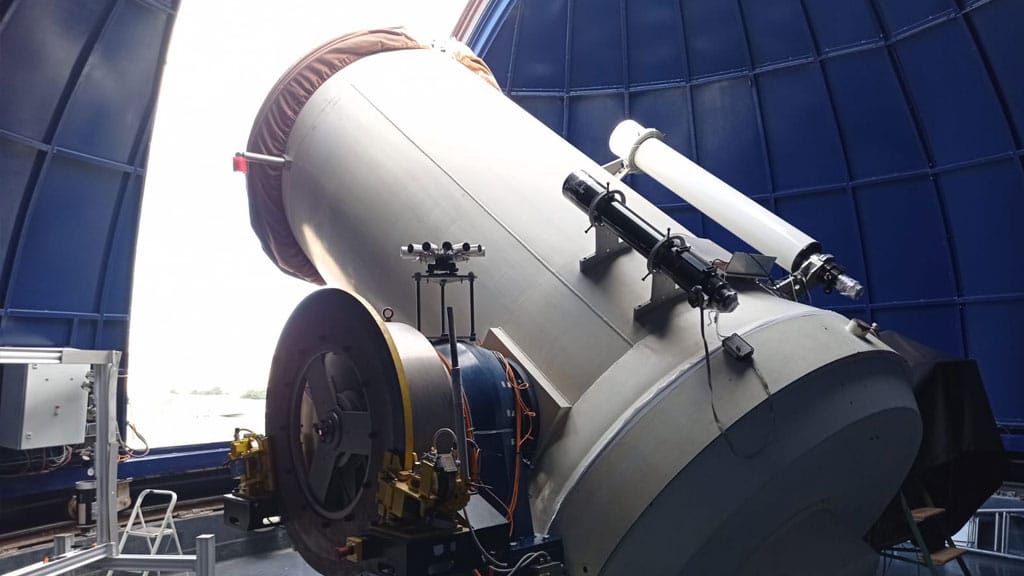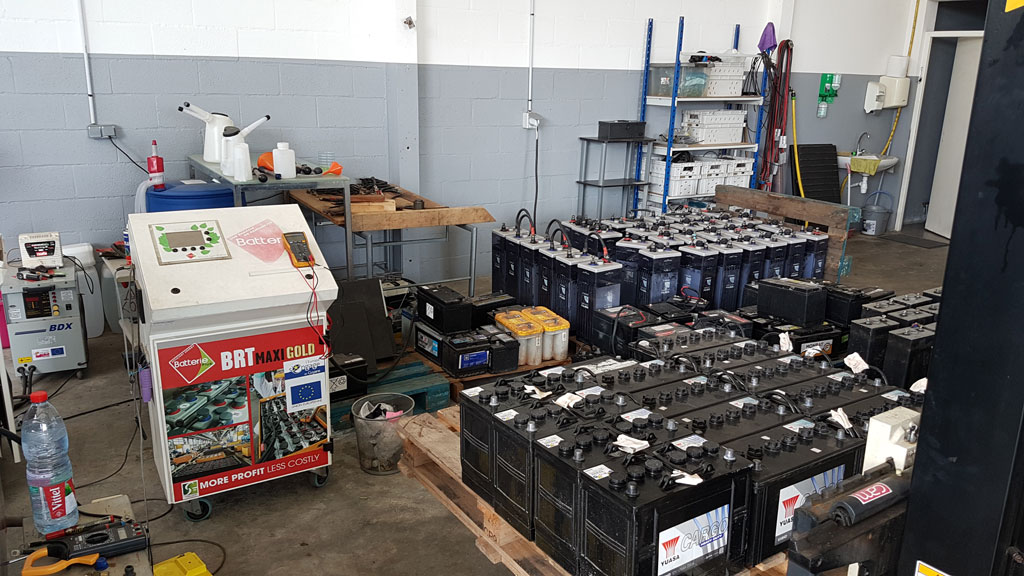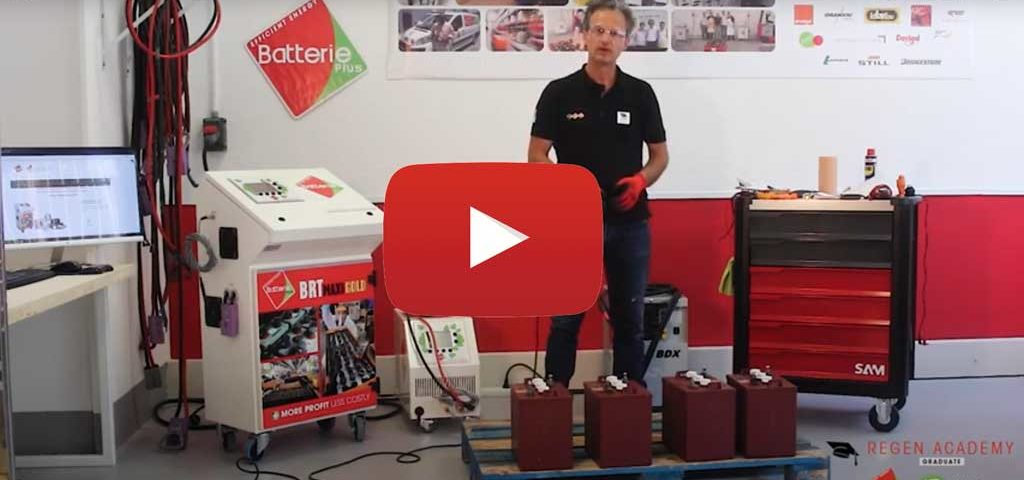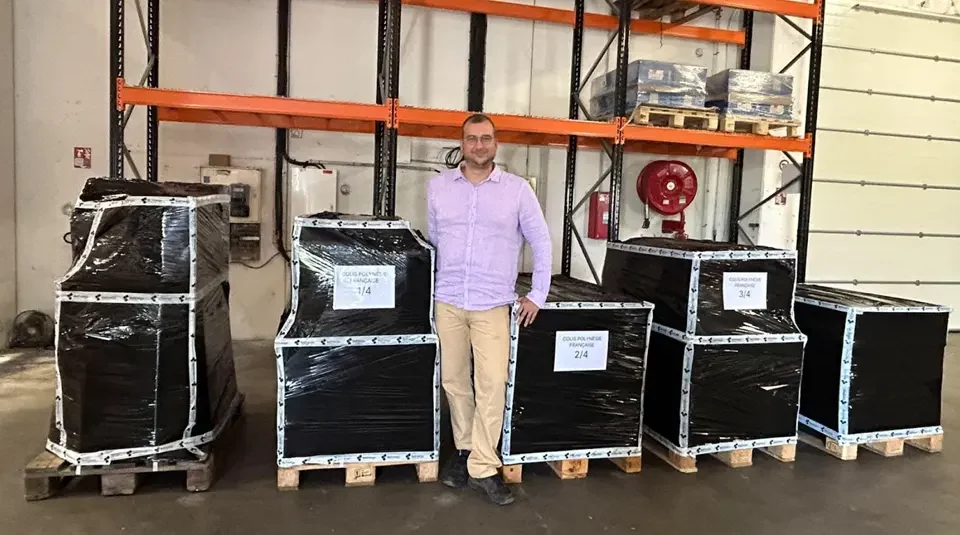
Regeneration of the Côte d’Azur Observatory’s batteries
1 October 2020
Batteries Regeneration in French Guyana is developing
7 January 2021Be Energy / Battery Plus sets up an E-Learning platform dedicated to battery regeneration with more than 50 tutorial videos.
These videos will be organized according to 3 levels of route:
• Level 1 / preparer: for placing in lines and various connections and measurements on the batteries before treatment
• Level 2 / “battery keeper” regenerator: for operations of launching regeneration programs and other battery qualification and diagnostic operations
• Level 3 / expert: to take control of the machines and explore new performances with free treatment programming
These videos are in French, subtitled with an English voiceover, which offers a multitude of possibilities for the 52 countries in which the Batterie Plus machines are deployed.
Each course is qualifying on the basis of a quiz at the end of each lesson.
All of the ratings go back up automatically to validate each course.
An identification badge will be sent to the qualified technician.
This medium will also be an alternative to on-site training which is strongly impacted by the current COVID 19 pandemic.
Sample Regen Academy tutorial
---

1. Series connection of monobloc traction batteries in series
1/2 hour
You now know how to put a monobloc traction-type battery in line and in series before regeneration.

Pre-resquis
• Batteries must be pre-qualified and washed.
• Identify the type of batteries. In our example a set of 24 volt nacelle batteries, consisting of two containers (each 12 V).
• Arrange the batteries in a homogeneous way to have symmetrical polarities..

The steps
First step, connection of the main line :
• Equip yourself with safety clothing and accessories.
• Arrange your batteries in a symmetrical way by aligning the polarities in order to have a coherent visual.
• Position the main line the positive (red) and major negative (black or blue) poles. This main processing line will then be connected to the discharge bench and the regenerator.
• Check and use a suitable connector.
• Position the plus and minus poles of the main line first.
Second step, installation of the interconnection bridges :
• Use cables with a suitable cross-section of 25 mm2 for 200 amps. 35 mm2 or 50 mm2 for higher powers.
• Position the cables the interconnection bridges from the major positive terminal.
• Control the cables for your safety and avoid a short circuit that could damage the battery and the connectors.
• Follow the following circuit: + up - down.
• Twist, by convention, from the positive terminal.
• Neutralise the torque so as not to damage the battery.
• Adjust the tightening torque according to the values specified by the manufacturer
• Check your twist with a double check from + to -.

Security
• Check the tightness and use good quality connectors to avoid overheating which could disturb the process and damage the terminals and cause a risk of spark and explosion on contact with the gas.
• Always use insulated tools.
• Use a stainless steel connector.
• Master the cables with both hands.
• Exclude all metallic objects (jewellery, glasses...) These are dangerous conductive elements that can fall and generate short circuits and burns.

Tips
• Position the two major poles first to avoid confusion.
• When tightening, squeeze with your right hand and with your left hand apply a force in the opposite direction. In this way you neutralise the torque and avoid sending torque that could damage the plates through the pole.
• Check the type of screw thread (American, European, other).
• Use washers of a suitable section to ensure good contact.
Do this test to evaluate if you have integrated the notions of this module.
To receive your level 1 diploma, your score must be 9/10 on this module.



